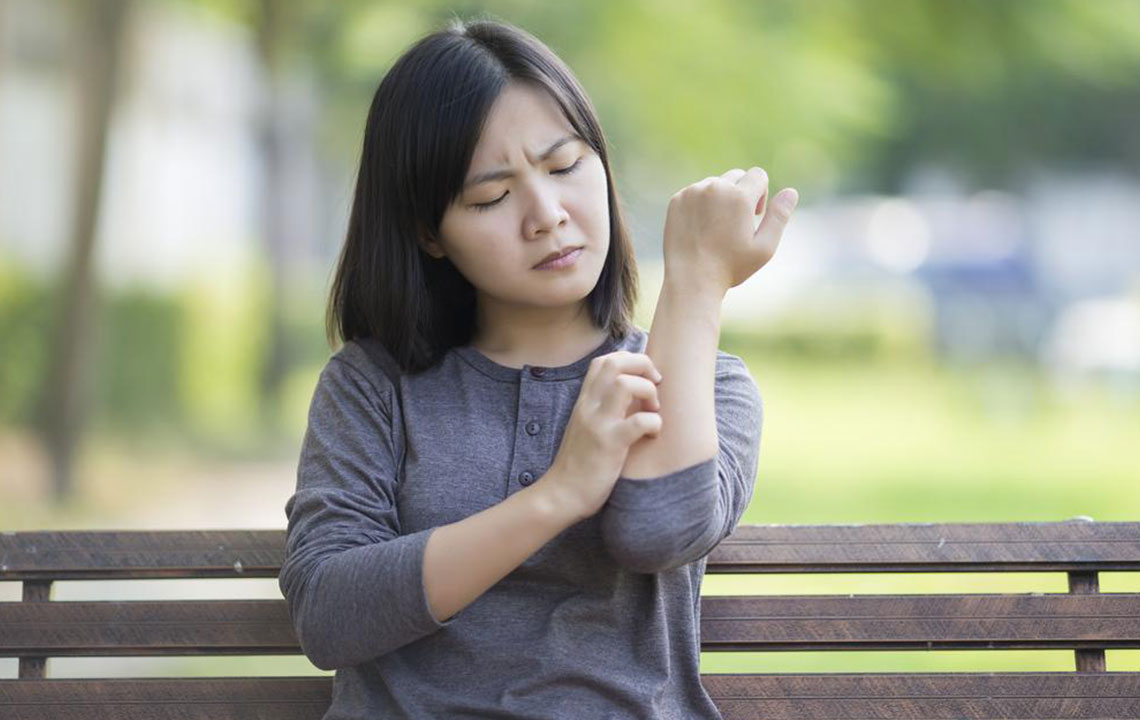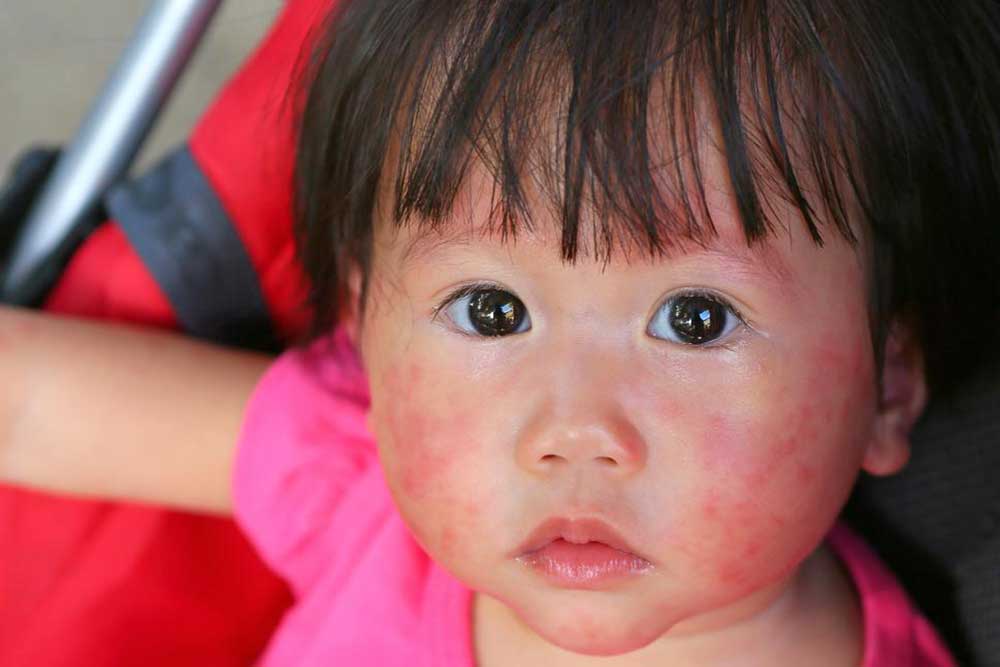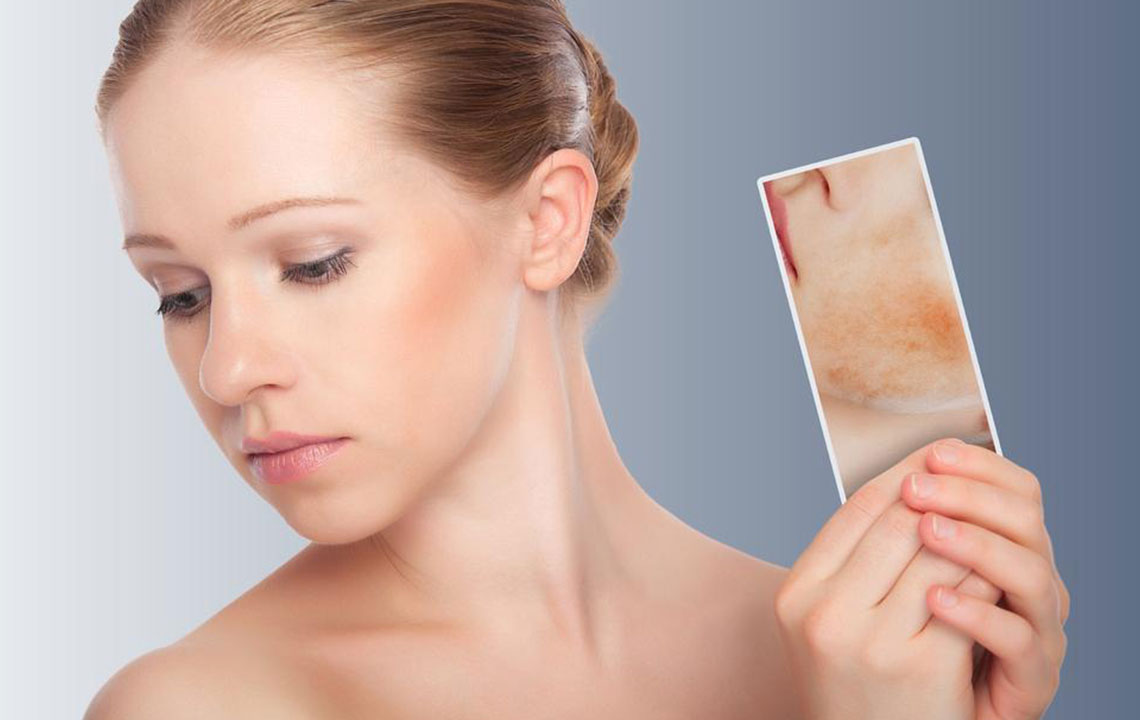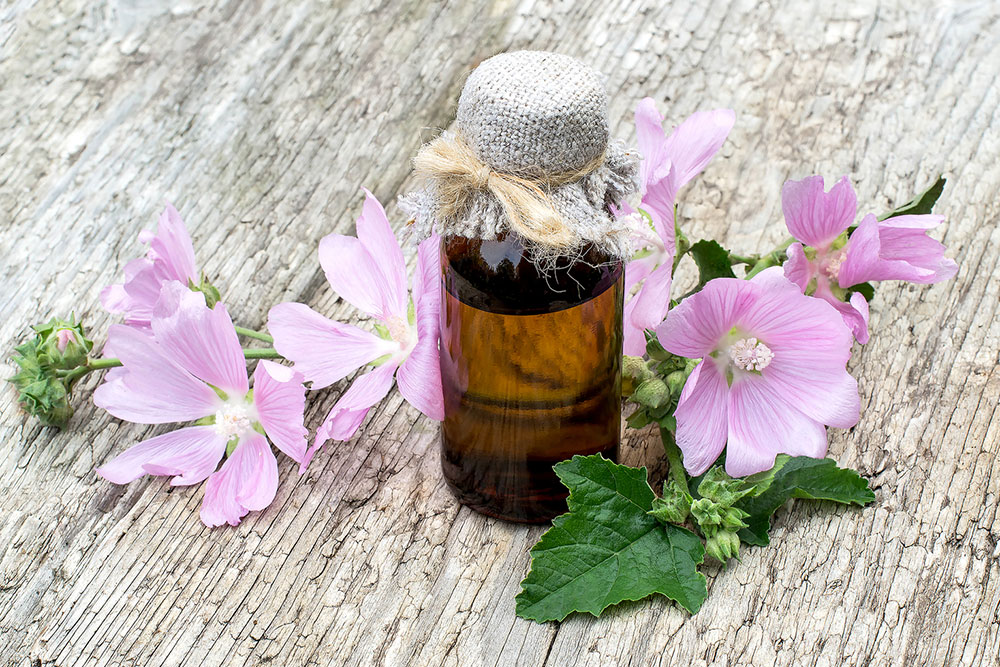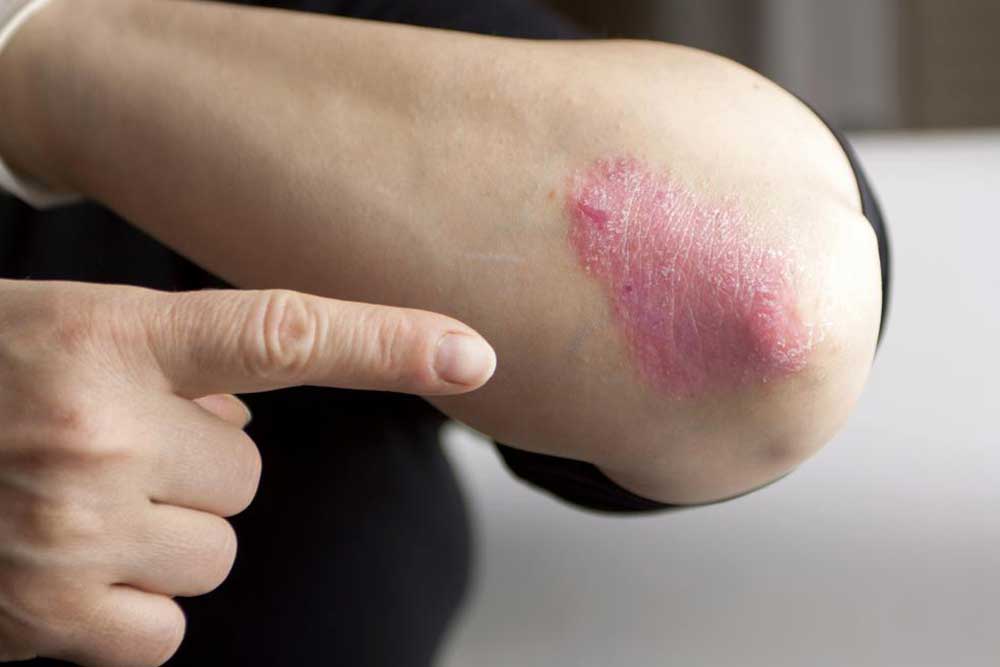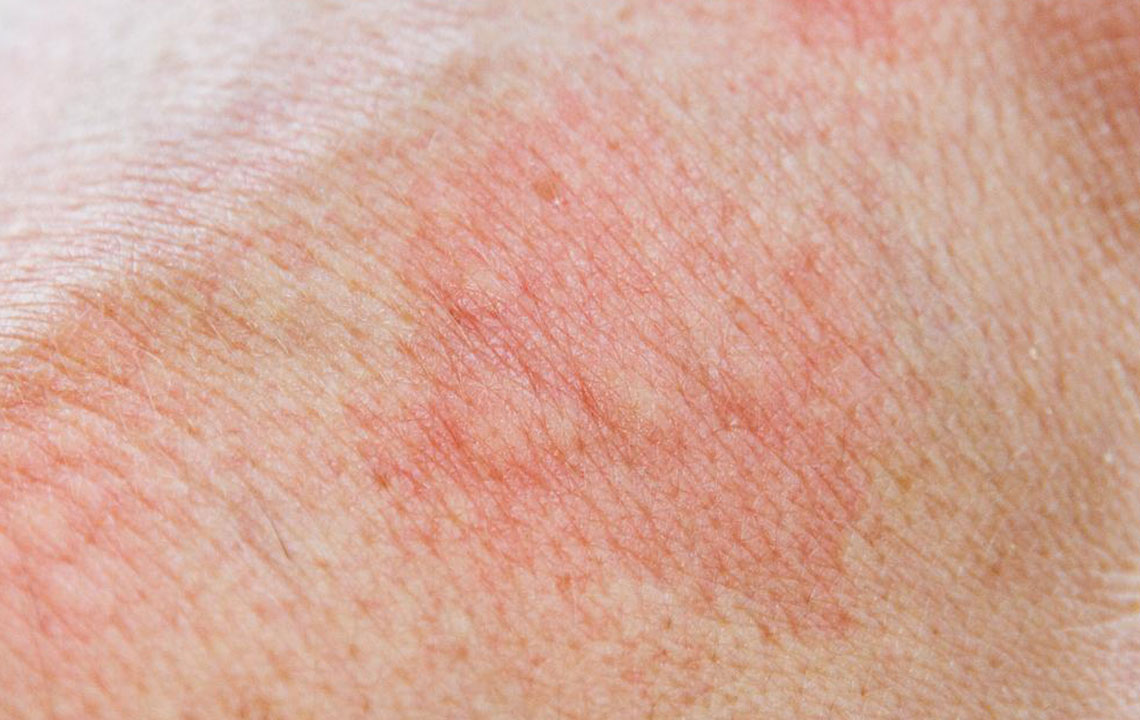The Ultimate Guide to Identifying and Managing Skin Rashes: Symptoms, Causes, and Effective Home Treatments
This comprehensive guide offers detailed insights into skin rashes, including symptoms, causes, and effective home remedies. It covers common triggers like contact dermatitis, infections, and autoimmune disorders, providing tips for managing irritation and preventing outbreaks. Whether you're dealing with mild or persistent rashes, understanding the signs and treatment options can help restore skin health promptly. Learn to identify rashes early and apply suitable remedies to maintain healthy, irritation-free skin. Expert advice included for when professional medical intervention is necessary.
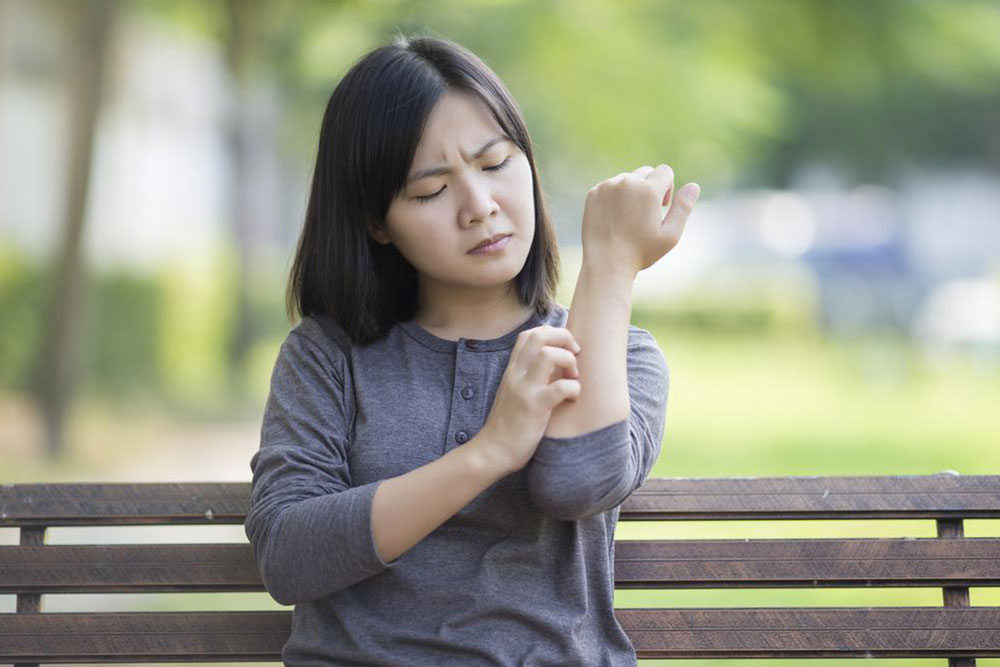
Comprehensive Insights into Skin Rashes: Recognizing Symptoms, Understanding Causes, and Exploring Home Remedies
Skin rashes are common dermatological issues that can significantly affect your comfort, appearance, and overall well-being. They manifest through various visual and tactile symptoms such as redness, bumps, scaling, itchiness, and inflammation. Rashes can develop suddenly or gradually and may be localized or widespread across large areas of the skin. While many rashes are harmless and resolve on their own, some indicate underlying health conditions that require medical attention. Understanding how to identify the symptoms, recognize the causes, and apply appropriate remedies can help you effectively manage and treat skin rashes at home.
What Are Skin Rashes?
A skin rash is essentially an abnormal change in the skin's appearance or texture caused by inflammation or irritation. Rashes can vary in size, shape, color, and texture, often accompanied by itching, burning, or pain. Some rashes are temporary and heal quickly, while others can persist for weeks or even become chronic conditions. It's important to note that skin rashes are symptoms rather than diseases themselves—they can signal allergic reactions, infections, or chronic skin conditions.
Common Causes of Skin Rashes
If the appearance of your skin resembles that of typical rashes, identifying the underlying cause is crucial for effective treatment. Various factors can provoke the development of skin rashes, including environmental, allergic, infectious, autoimmune, and medication-related causes. Understanding these triggers helps in preventing future outbreaks and choosing suitable treatments.
Contact Dermatitis: The Most Common Cause
Contact dermatitis is classified as an irritant or allergic reaction resulting from direct contact with harmful substances. It is one of the most frequent causes of skin rashes. Common irritants include harsh soaps, detergents, certain cosmetics, dyes, and chemicals found in everyday products. Allergic contact dermatitis occurs when the skin reacts to allergens such as nickel, fragrances, or poison ivy/oak. Symptoms include redness, swelling, itching, and sometimes blistering. Preventing exposure to known irritants and allergens is key to avoiding these rashes.
To manage contact dermatitis, it’s advisable to use gentle skin cleansers that are free from fragrances and harsh chemicals. Wearing protective clothing or gloves when handling potential irritants can help. Applying soothing remedies like calamine lotion or hydrocortisone cream can alleviate discomfort. Keeping skin moisturized with hypoallergenic lotions also helps restore the skin barrier, preventing further irritation.
Other Causes of Skin Rashes
Beyond contact dermatitis, many other factors can trigger skin rashes. Recognizing these causes is essential for proper management.
Medications and Drug Reactions: Certain medications can cause allergic reactions that manifest as skin rashes. These rashes may appear shortly after starting a new drug and may be accompanied by other symptoms like fever or swelling. Always consult your healthcare provider if you suspect medication-related rashes.
Sun Sensitivity and Photosensitivity: Some individuals develop rashes after sun exposure due to photosensitive reactions. Wearing protective clothing and applying broad-spectrum sunscreens can help prevent such reactions.
Insect Bites and Vector-Borne Diseases: Insect bites, especially from ticks, mosquitoes, or fleas, often lead to localized rashes. Some insect-borne illnesses like Lyme disease or Rocky Mountain spotted fever may present with characteristic rashes and require medical intervention.
Pre-existing Skin Conditions: Chronic skin disorders like eczema, psoriasis, or autoimmune conditions such as lupus may exhibit rashes as part of their symptoms. Managing these underlying conditions often involves specialized treatments prescribed by dermatologists.
Infections: Viral, bacterial, and fungal infections can cause distinctive rashes. For examples, Chickenpox, measles, or fungal infections like ringworm display specific rash patterns that assist in diagnosis.
Recognizing the Symptoms of Skin Rashes
Early recognition of rash symptoms is vital for effective treatment and prevention of complications. Typical signs include:
Redness or erythema
Itching and irritation
Swelling or puffiness
Presence of bumps, blisters, or pustules
Scaling or peeling skin
Pain or burning sensation
Depending on the cause, symptoms may vary in severity and distribution. For example, allergic rashes tend to be itchy, while infectious rashes might be accompanied by fever or systemic symptoms.
Effective Home Remedies for Skin Rashes
While some rashes require medical treatment, many minor cases can be managed with simple home remedies. These approaches help soothe symptoms, reduce inflammation, and promote healing.
Oatmeal Baths: Colloidal oatmeal has soothing properties and can significantly alleviate itching and inflammation. Add finely ground oatmeal to lukewarm bathwater and soak for 15-20 minutes.
Cool Compresses: Applying a cool, damp cloth to the affected area reduces swelling and eases discomfort. Do this several times a day for best results.
Aloe Vera: Known for its healing and anti-inflammatory properties, pure aloe vera gel can soothe irritated skin. Apply directly to the rash and repeat as needed.
Coconut Oil: Moisturizing and antimicrobial, coconut oil helps restore the skin barrier and prevents secondary infections. Use it as a topical moisturizer.
Over-the-Counter Creams: Hydrocortisone or calamine lotions can reduce inflammation and relieve itching. Always follow the instructions on the label.
Keeping the Skin Hydrated: Regularly applying fragrance-free moisturizers helps maintain skin integrity and prevents dryness that can exacerbate rashes.
When to Seek Medical Attention
If your rash worsens despite home treatment, becomes very painful, or is accompanied by symptoms such as fever, difficulty breathing, or signs of infection like pus or spreading redness, seek medical care promptly. Persistent or severe rashes may require prescription medications, allergy testing, or further investigation to determine the underlying cause.
In conclusion, recognizing skin rashes early, understanding their potential causes, and applying appropriate home remedies can significantly improve outcomes. Always consult healthcare professionals for persistent, severe, or complicated skin rashes to ensure proper diagnosis and effective treatment.
